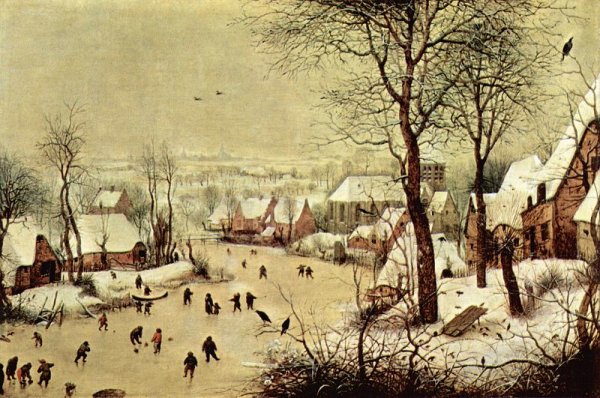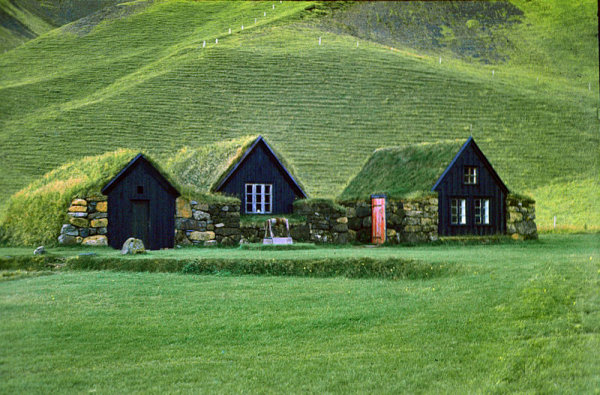
Pieter Bruegel, 1565, during the Little Ice Age
It is not commonly understood that the output of the sun goes through cycles. I, nerd that I am, didn’t appreciate this until I got my ham radio license and learned about the 11-year solar cycles that affect the propagation of high-frequency (1.8 Mhz – 30 Mhz) radio signals around the planet. But there are other cycles of the sun, maybe periodic, maybe more random, that have had a huge effect on human history.
The history of northern Europe, not to mention Iceland and Greenland, was greatly affected by climate changes thought to be related to changes in the sun’s output.
A new 11-year solar cycle should have begun by now, but it’s late. There have been 670 days without sunspots through June 2009.
A recent paper by scientists from the National Solar Observatory observes that there have been changes in the sun’s behavior that go back farther than the 11 years of the solar sunspot cycle, at least back to 1992. This is troubling, because if the trend continues, the solar situation would look more and more like the Maunder Minimum, which is blamed for the Little Ice Age in Europe, which lasted for hundreds of years, starting as early as the 13th century.
This is all very complicated, and the data is sketchy, but if you’re a weather watcher, and a climate watcher, as I am, then this is something you’ll want to read up on and keep an eye on.

Post a Comment